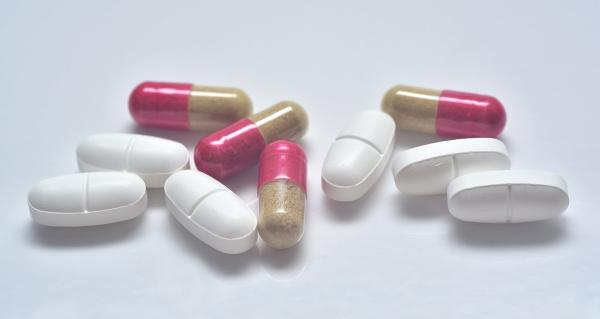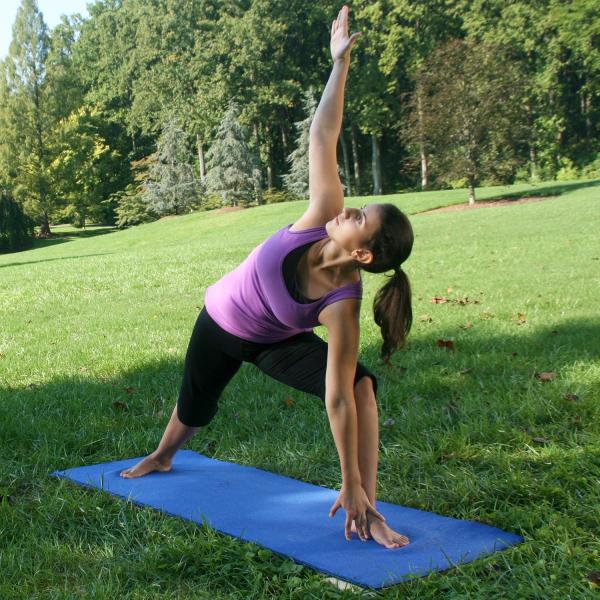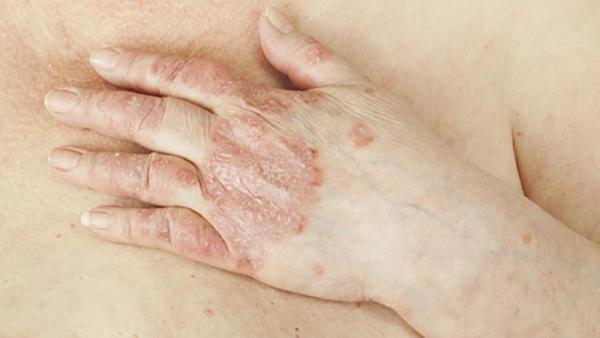A New Understanding of What’s Living on Your Skin
Five Questions with Dr. Heidi Kong and Dr. Julia Segre
When people think of skin health, they often think of protecting it from harmful UV rays or finding ways to avoid the fine lines and wrinkles that often come with aging and sun exposure. However, there are many factors and illnesses that impact skin health, including eczema, a chronic condition that affects tens of millions of Americans and causes the skin to become red and so itchy that it can interfere with patients’ sleep.
To combat such conditions, IRP researchers have spent decades investigating what causes them in humans through techniques such as immunology, genetics, molecular biology, and structural biology. In a 2014 study of healthy volunteers, IRP investigators Julia Segre, Ph.D., and Heidi Kong, M.D., M.H.Sc., used the latest genomic techniques to investigate the collection of microorganisms living on healthy human skin, known as the skin microbiome, in an attempt to understand how this collection of bacteria, fungi, and viruses may contribute to skin health. From their interdisciplinary research, the team was able to show that the array of microbes living on human skin is extremely diverse, varying greatly from individual to individual and between different areas of the body. This research opened doors for additional studies exploring how changes in the skin microbiome contribute to both common and rare skin diseases.










